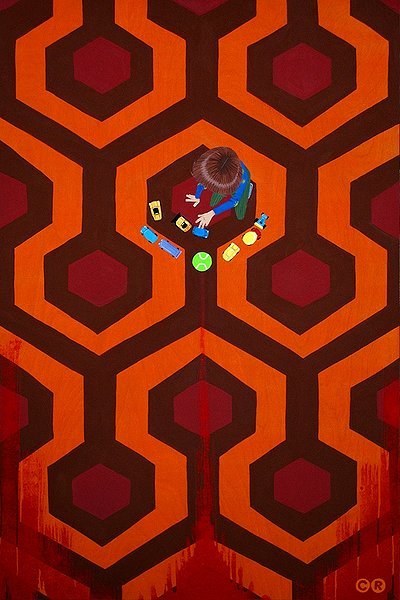
[via]
In a forty year career as a filmmaker, Stanley Kubrick only made thirteen feature films and four short films, and despite his reputation, he was far from reclusive. However, he was very reticent to let people in on his process and left behind an aura of mystery that lends itself to the sort of myth-making that film scholars delight in.
The new "documentary," Room 237, is a film unlike any other you'll ever see in that it doesn't delve into any sort of factual behind-the-scenes insights into Kubrick's 1980 film The Shining. Rather it takes five people and gives them a forum in which to explain what they think the true, hidden meanings in this film are, and they are so wildly divergent, there's no way they could all be true. However, digging into the mysteries within this enigmatic film is almost as pleasurable as just watching the film itself.

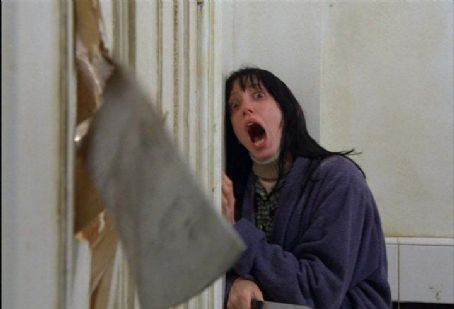
Director Rodney Ascher has made a one-of-a-kind film with Room 237. Unlike a traditional documentary, he forgoes any sort of traditional style, such as talking head interviews, and instead uses footage directly from The Shining with the interviews overlaid as voice over. Therefore, we get to see the same shots, multiple times, with multiple interpretations of them.
The five interviewees and their various theories on the true meanings of The Shining are as follows: Bill Blakemore postulates that the film is about the systematic slaughter of Native Americans by the white European settlers. Geoffrey Cocks theorizes that the film is rife with metaphorical connections to 1942 & The Wannsee Conference in which the Nazis decided to rid Europe of the Jewish people. Jay Weidner's theory is that NASA utilized Kubrick's services to help stage footage of the 1969 moon landing, and The Shining is his confession to his part in this national conspiracy.
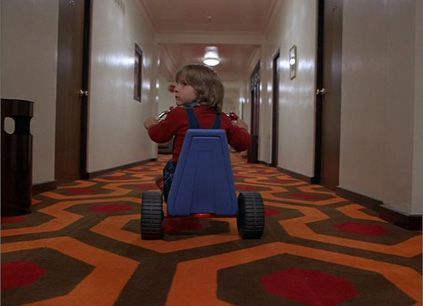
Lastly there is Juli Kearns & John Fell Ryan, both of whom focus on the film's tongue-in-cheek implausibilities and inside jokes that Kubrick littered the film with. Kearns focuses on impossible windows in the hotel layout & some pretty odd metaphors involving a minotaur hidden in a skiing poster. Ryan shows interesting overlays and edits that the film makes, and culminates his arguments with a demonstration of how the film syncs to itself when projected forwards and backwards simultaneously on the same screen (if that sounds confusing, it actually works quite well when shown in the film).
Needless to say, it's categorically impossible for Kubrick to have intended the film to have all of these meanings simultaneously, so the audience will likely have to decide for themselves which theories work and which don't. In all honesty, there are holes in all of these various theories, though some are arguably larger than others. Weidner's NASA conspiracies reek of the sort of paranoid ramblings of a man who's spent too much time writing manifestos in a secure bunker. Similarly every point that Kearns makes which seems to make sense or be interesting is almost immediately followed by one which requires gigantic logical leaps of faith to believe.
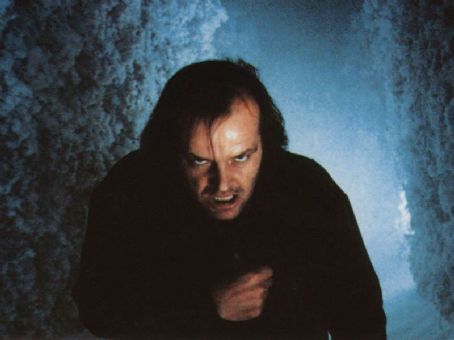
Since there is no on-screen naming of the individuals speaking, it's hard for me to know whether it was Blakemore or Cocks that posits some early theories about the hidden sexual subliminal images in the film, but they are laughably absurd. It also feels at times like all five speakers are reaching towards things that are obvious continuity errors to place hidden meanings to them, such as a disappearing sticker of the dwarf Dopey on young Danny Torrance's bedroom door.
Nevertheless, Kubrick was a notorious stickler for detail, often spending entire days decorating a set or rearranging props within a given scene to achieve his desired vision. This fact, in and of itself, hangs an air of suspicion over every little detail in the film that is seemingly out of place. There are strong possibilities that these things were done intentionally, but to say with certainty what Kubrick's intentions were is the slipperiest of slopes.
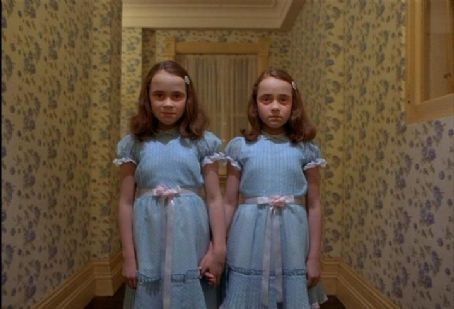
Room 237 is a unique viewing experience that is absolutely essential for fans of cinematic dissection and most assuredly for fans of either Stanley Kubrick or The Shining. It is the kind of film that will make you want to watch The Shining again immediately to see what theories stick with you and perhaps even what theories of your own you could concoct.
The film is showing in limited engagements across the country right now and is also available to stream on iTunes & The Playstation Network, so it's never been more accessible than it is at the moment. I cannot recommend it any higher for fans of Kubrick or movies in general. It will make you laugh, shake you head, and most importantly, think.
GO Rating: 4/5

[Photos 2-5 via Lucy Who]
No comments:
Post a Comment